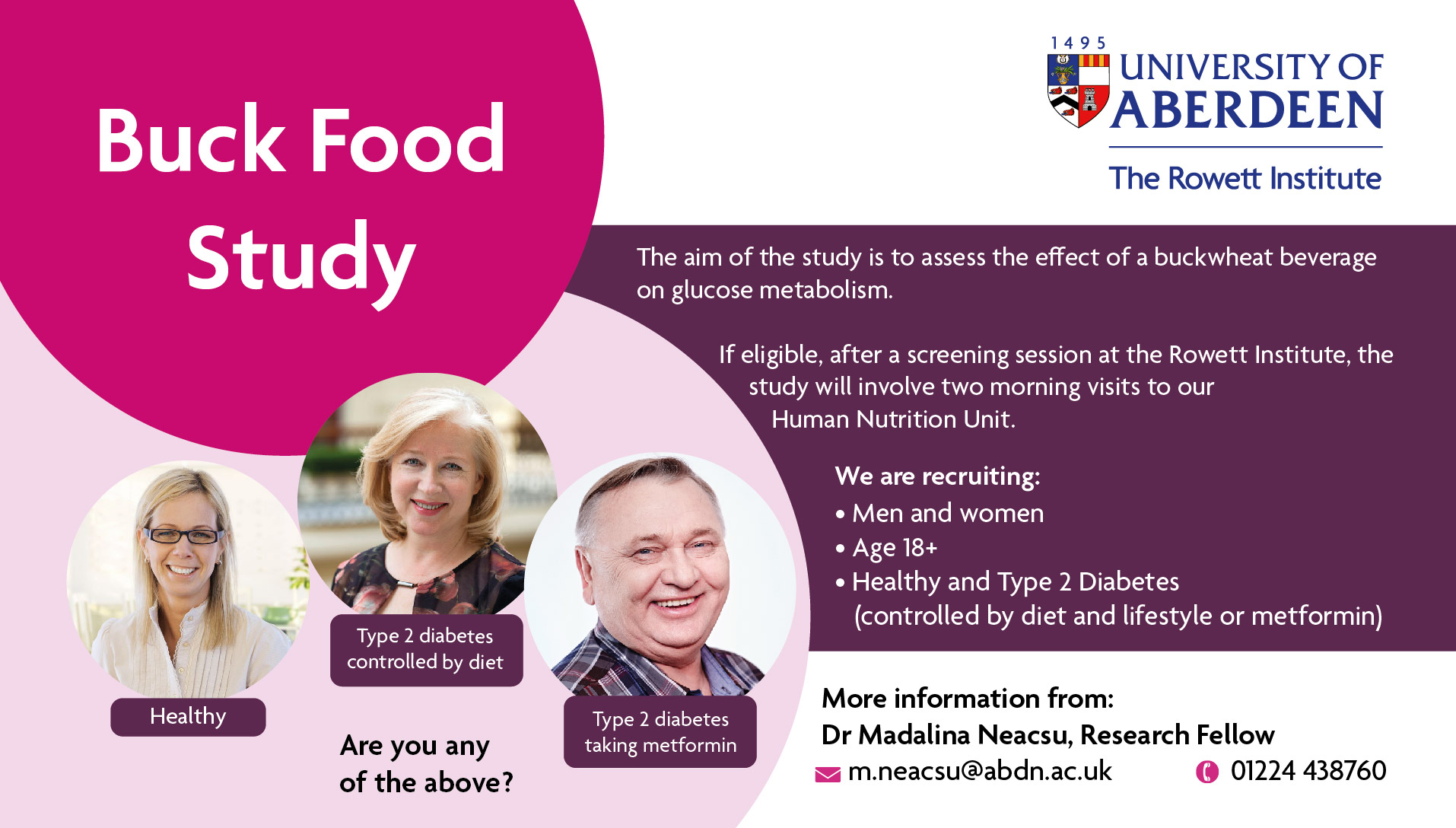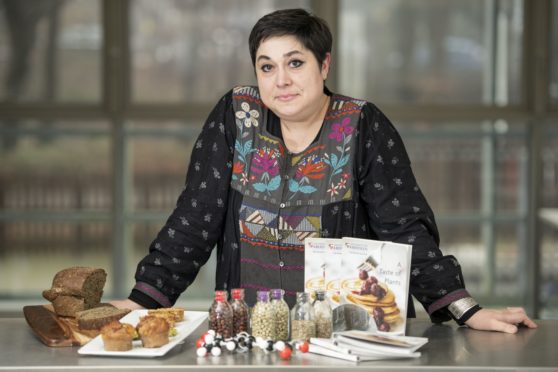An Aberdeen scientist has invented a health drink which could be used to prevent people from developing diabetes.
After years of study, Dr Madalina Neacsu has devised a way to harness the power of buckwheat to help people control their blood sugar levels.
Certain molecules within the gluten-free crop have already been shown to do this by speeding up the breakdown of glucose in the body.
And these have now been brought together for the first time by Dr Neacsu in the form of a buckwheat beverage.
It is thought it could help people who are managing the symptoms of type 2 diabetes by reducing the effects of their blood sugar spikes.
And it could also prove to be a vital way of preventing those at risk of developing the condition from ever doing so, by balancing their blood sugar levels before the condition progresses.
As part of her work at the Rowett Institute, Dr Neacsu is launching a clinical trial to find people willing to try the drink and test her theory.
She said: “Buckwheat grows in quite cold climates like Latvia and Poland, where wheat isn’t really grown. A lot of people there have it in their diets.
“It has molecules which show potential for sugar metabolism.
“We want to see if we can design foods rich in buckwheat and then use these to reduce or prevent the effects of manageable diabetes.”

Dr Neacsu is hoping to find volunteers who will eat a meal and have a sugary drink, then have their blood glucose levels tested.
She will then repeat the experiment by giving them the buckwheat beverage alongside the food and seeing if there is a difference.
If the trial is successful, it could lead to doctors prescribing diabetes patients with buckwheat-rich diets to manage their symptoms.
She added: “We’ll be giving people the same amount of sugar each time to see if it is the buckwheat in the drink which is important.”
Both male and female participants are needed for the survey.
Those interested must be 18 or older, healthy and have type 2 diabetes being controlled by either diet and lifestyle, or through metformin.
For more information, email Dr Neacsu at m.neacsu@abdn.ac.uk.
